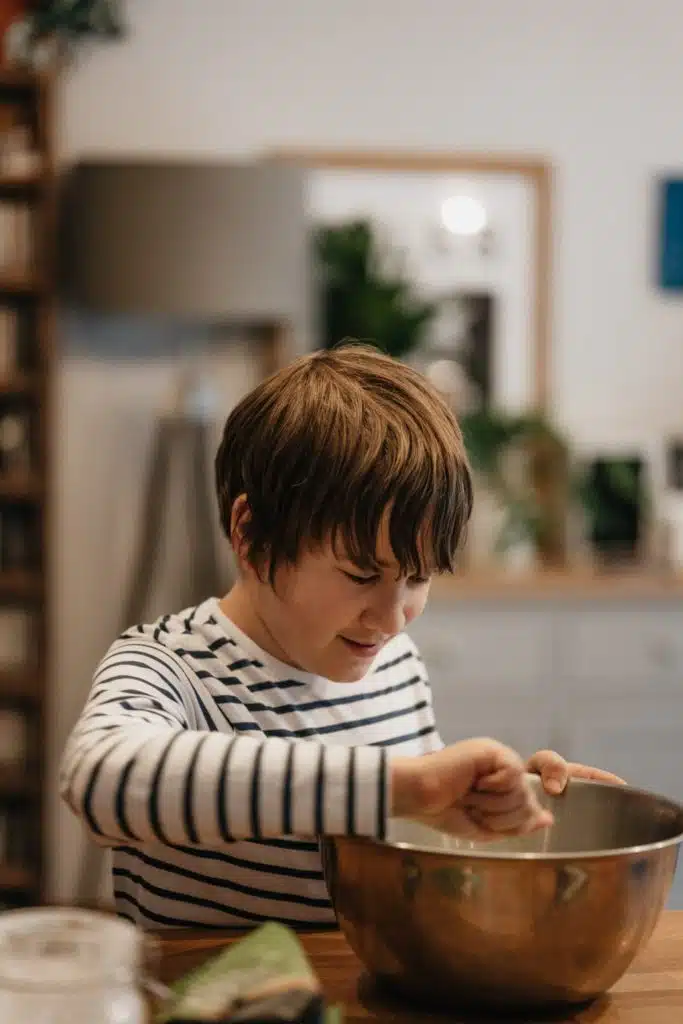A shortage of secure children’s homes is resulting in children being placed far away from home, government figures have shown.

There were 13 secure children’s homes at 31 March 2021 and when operating at full capacity, they offer 234 places. The COVID-19 pandemic had a profound effect on secure children’s homes as with staff isolating or becoming ill, secure children’s homes could not look after as many children, as they must operate with sufficient staffing levels to provide safe care for children.
“There is a shortage of secure children’s homes in England. Since 2002, 16 secure children’s homes have closed. At any one time, around 25 children each day are waiting for a secure children’s home place and around 20 are placed by English local authorities in Scottish secure units due to the lack of available places. The limited number of secure children’s homes places means that, even when children get a place, they will likely end up living far away from home,” said the ‘Main findings: children’s social care in England 2021’ report published by Ofsted.
Secure children’s homes were not split evenly across England. The report showed that there were no secure children’s homes in London or the West Midlands, while there were four in the North East, Yorkshire and the Humber region. Therefore, there has been no change in secure children’s homes since 31 March 2020.
Of the 13 secure children’s homes, 12 were run by local authorities. The remaining one was run by a voluntary organisation.
However, the data showed that the number of new children’s homes in England continues to rise. There was an 11% increase in the number of homes and an 8% increase in the number of places in March 2021 compared with 31 March 2020.
All regions saw an increase in numbers, yet children’s homes are still not evenly distributed across England. The North West still accounts for just over a quarter of all children’s homes, and almost a quarter of all places.
The data covered four types of children’s home:
- Secure children’s homes
- Residential special schools registered as children’s homes
- Short-break-only children’s homes
- Children’s homes
As at 31 March 2021:
- Private companies ran over 80% of children’s homes (2,032), providing 7,555 (78%) places
- Local authorities ran only 14% (339) of children’s homes, providing 16% (1,643) of places
- 23 of the local authority homes were run by organisations that provide the children’s services function of the council, including trusts.
- Voluntary providers ran 91 homes (4%), providing 501 places (5%).
There were 346 homes that opened during 2020 to 2021, however, seven (29 places) had closed again by 31 March 2021. Two of these were local authority-run homes that were opened in response to COVID-19 and accounted for 14 places in total.
There was a net increase of 251 homes and 703 places in total. Over a quarter (97 homes) of the 346 newly registered children’s homes were in the North West. London only accounted for 6% of the new children’s homes.

